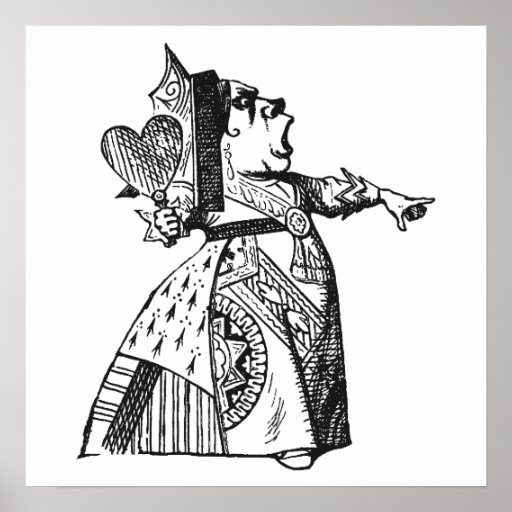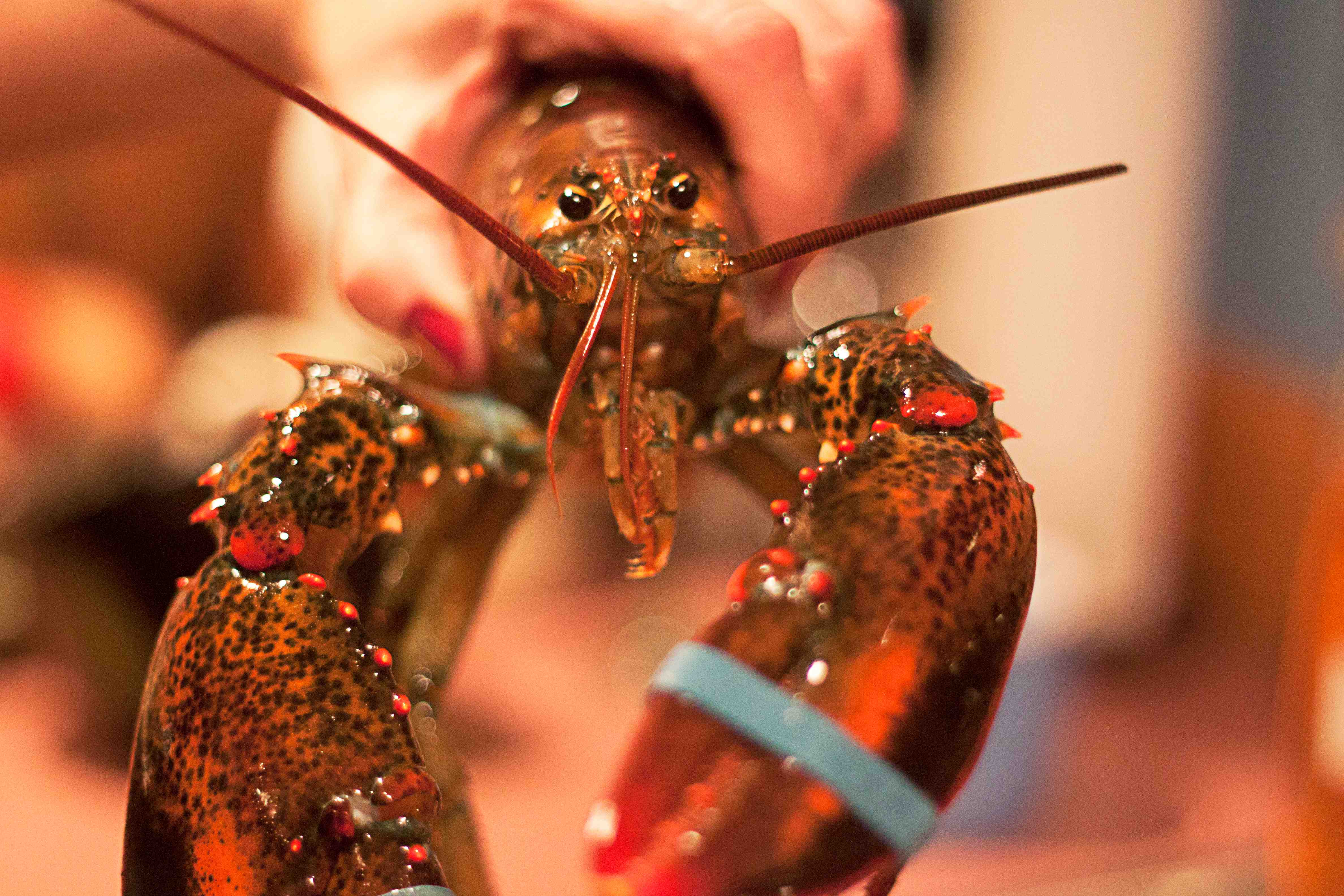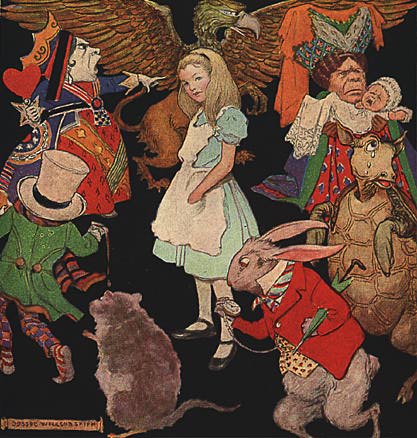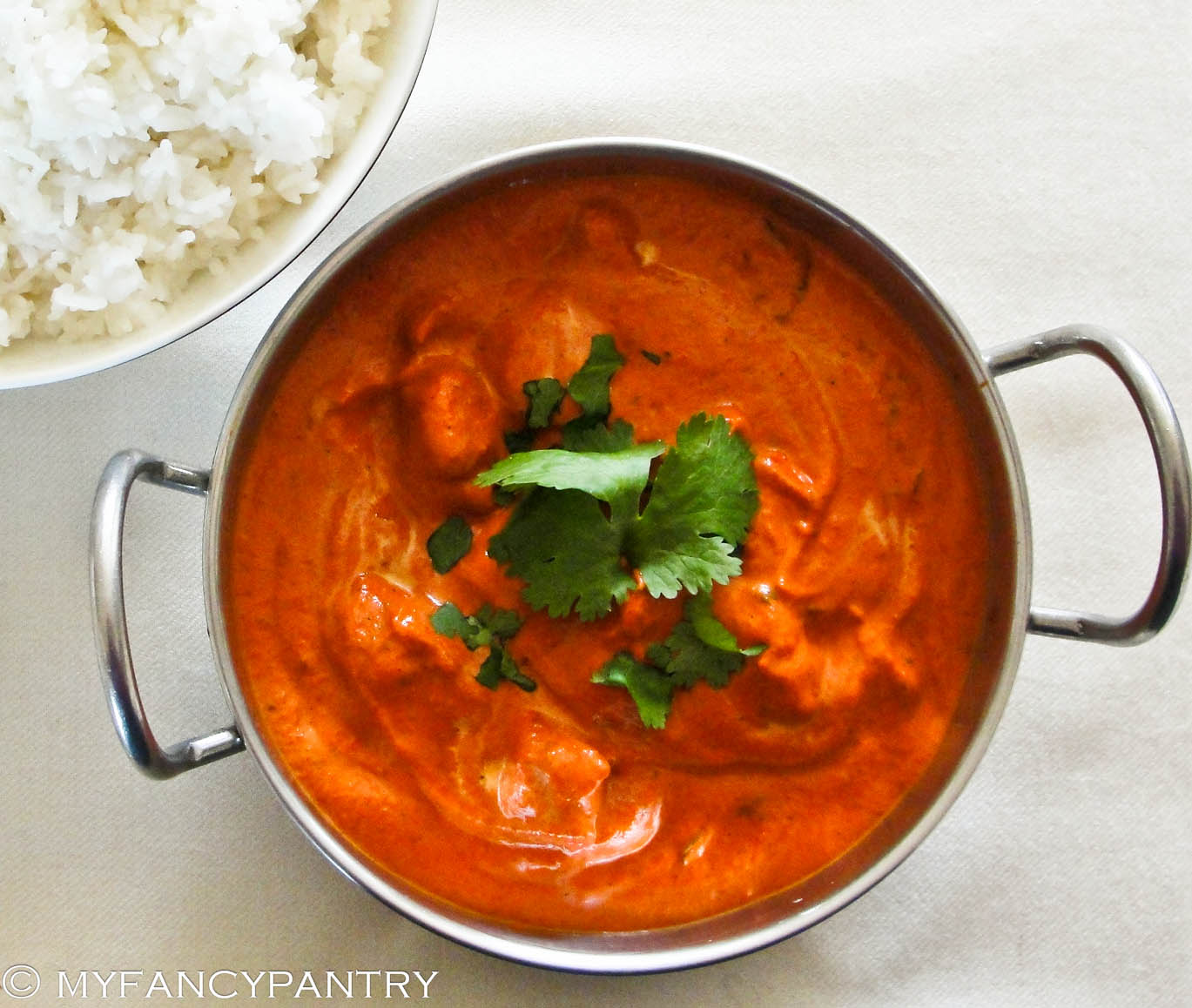loading...
Every once in a while, I like to share past talks and presentations I give on food and cooking culture. In February, I gave a talk at the 23rd Annual Mardi Gras Conference at LSU, a graduate student conference that brings together a wide range of panelists the week before Mardi Gras. This year, the conference’s topic, “In Momentum: Literature, Travel, and Alterity” was one of my favorites to date.
For my talk, I paired up with Bryan Moe, a PhD Candidate in the Department of Communications, for our panel on “Authorial Pillaging.” Bryan discussed aspects of pirating and theft in 20th- and 21st-century food writings (emphasizing the works of Anthony Bourdain). But, to begin our discussion, I shared a little bit of my own dissertation research on certain aspects of food theft not just in plagiarized or “lifted” recipe writings, but also with stolen ingredients, ideas, and goods.
Below is the transcript for my talk this past February on “Authorial Pillaging and the Victorians.” In it, I discuss Beeton’s Book of Household Management, the works of Lewis Carroll, and ongoing “pillaging” amongst contemporary food bloggers. – Helana
—
“Who Stole My Tarts?”: Food Theft and the Victorians Talk
Friday, February 8th, 2013 – 12:30 – 1:30 p.m.
Mardi Gras Conference, Baton Rouge, LA
Pictured: poster for the 2013 Mardi Gras Conference at LSU (Baton Rouge, LA). This year’s theme: “In Momentum: Literature, Travel, and Alterity.”
Introducing Victorian Food Theft
In October of 1861, Englishwoman Isabella Beeton, wife of Samuel Beeton and co-editor of the Englishwoman’s Domestic Magazine, published and “wrote” The Book of Household Management, a heavy tome of recipes, instructions, and domestic notes from the author herself.
Actually, the full title was (and still is):
“The Book of Household Management
Comprising Information for the
Mistress, Housekeeper, Cook, Kitchen-Maid, Butler, Footman, Coachman, Valet, Upper and Under House-Maids, Lady’s-Maid, Maid-of-All-Work, Laundry Maid, Nurse and Nurse-Maid, Monthly Wet and Sick Nurse, Etc. Etc.
Including ——————
Sanitary, Medical, and Legal Memoranda
With a History of the Origin, Properties, and Uses of All Things
Connected with Home, Life, and Comfort.”

Pictured: Mrs. Beeton’s Book of Household Management (1861).
In her book, Isabella Beeton promises the history, recipe, and instructions of all things domestic, offering 2,751 entries in the form of recipes, instructions, and household advice. The information was relayed in a “relatable” format, and recipes were written for one of the first times in what would become part of our “modern” style guide today:
-“intelligible arrangement to every recipe”
-“list of ingredients”
-“plain statement of the mode of preparing each dish”
-“careful estimate of its cost and”
-“number of people for whom it is sufficient”
-“time when it is seasonable”
But why so much detail?
One thing modern readers and home cooks need to understand when discussing the Victorians is the recurring issue of anxiety. Beeton’s book was published during a time of great domestic stress for women of marriageable age. As members of the middle and upper middle classes, women were not properly “educated” in the ways of domestic economy as we might expect today (i.e., how a household should be run, how much money should be spent on weekly groceries, and how to cook for their families).
To these ends, Beeton’s book was a revelation.
Not only did it offer solutions to many women’s long-held fears (“how much should a family of five spend on groceries?” or, “how do I butcher meat at home?”), but it also promised solutions for a variety of possible problems:
Don’t know how to handle a sassy housemaid?
Think your footman is too tall?
Want to know what to make with “12 dozen eggs?”

Pictured: a glimpse inside Beeton’s Book of Household Management. The work was one of the largest, most detailed studies in British cooking and domestic economy during its publication in 1861. To the right, you can see the detailed, specific illustrations of British cooking that divide recipes and parts of the text. To the left, chapters were written by Beeton herself, explaining the real-world use-value of theses receipts.
Beeton’s book had all of these answers, and women who didn’t even know how to use a toasting fork or “properly” butter toast for the breakfast table could seek answers within its pages.
Since Beeton knew the importance of her recipe writings, she opened her book as follows:
“I must frankly own, that if I had known, beforehand, that this book would have cost me the labour which it has, I should never have been courageous enough to commence it. What moved me, in the first instance, to attempt a work like this, was the discomfort and suffering which I had seen brought upon men and women by household mismanagement. I have always thought that there is no more fruitful source of family discontent than a housewife’s badly-cooked dinners and untidy ways.” – Isabella Beeton
Copyright Laws and Recipe Writing
So, what’s the problem with Beeton’s book? How does Isabella Beeton relate to the 2013 Mardi Gras Conference topic, “Travel, Momentum, and Alterity?”
Put simply, none of Isabella’s recipes were her own.
Over the course of 6 years, the Englishwoman’s Domestic Magazine amassed thousands of recipes contributed by readers, housewives, and cooks, some of which they published and some of which they retained for later use.
When writing her Book of Household Management, Isabella Beeton took free reign of readers’ submissions. In the 1850s and 60s, copyright laws were an increasingly murky, new phenomenon where the idea of “lifting” content that wasn’t yours would have been difficult for many Victorians to understand—especially, if they were lifting, stealing, or plagiarizing recipes.
Today, we think of everything as subject to copyright. If you wrote it, then it’s yours, right?
Well, not exactly.
As in Beeton’s time and our own, the U.S. and British Copyright Offices define recipes as one of the more difficult fields to certify as unique or “owned”:
“Copyright law does not protect recipes that are mere listings of ingredients. Nor does it protect other mere listings of ingredients such as those found in formulas, compounds, or prescriptions. Copyright protection may, however, extend to substantial literary expression—a description, explanation, or illustration, for example—that accompanies a recipe or formula or to a combination of recipes, as in a cookbook.”
According to these guidelines, only original works of authorship may be protected by copyright law. Here, “original” means that an author produced a work through independent, original, and intellectual effort, and that the work could not exist as a copy of someone’s existing intellectual property.
This year, I attended one of Dianne Jacob’s talks at the 2013 Food Blog South Conference. Jacob is the author of Will Write for Food and University of California ethics teacher. In her talk, she pointed out:
“Only method can be copyrighted, and only if something about it is uniquely yours.” – Dianne Jacob
So, if you put your recipe’s instructions as a haiku, well, then that can be copyrighted. If your recipe’s method is so uniquely written and the prose is so identifiably yours, then that may be copywritten.
But, if you simply write basic instructions to a recipe, then this content is not protected by copyright law.
When I was writing my book, The Fresh Table: Cooking in Louisiana All Year Round, my editor advised me (as many editors advise food writers) that so long as you follow the rule, “change three things in the ingredients list,” then the recipe is yours.
But is it? Are recipes really your creative property if they’re similarly written to the original source and the ingredients list may be identical but with several changes to measurements?
I often use the example of black and white pepper when I discuss this point:
If Recipe A calls for, “1 teaspoon ground black pepper” and Recipe B calls for, “1/2 teaspoon white pepper,” but the ingredients, method, and final dish are essentially the same, are we then dealing with recipe stealing, authorial pillaging, and food theft? Or, does white pepper really mean the recipe is now yours?
So what is food theft, or “pillaging” if recipes are free from copyright law, but plagiarism defines stolen work as,
“The practice of taking someone else’s work or ideas and passing them off as one’s own?”
The issue of authorial pillaging is especially complicated when we look at Isabella Beeton’s book and food in the Victorian era.
Many tend to give Isabella Beeton carte blanch on this topic since she is credited as the “editor” of the book and not the “author.” But, in today’s British food and publishing market, “Beeton” has long been synonymous with the likes of “Martha Stewart” and “Julia Child,” often treated as a mythical mother figure for most traditionally “English” recipes.
And, it’s important to note that unlike any cookbook or recipe guide, Beeton’s Book of Household Management has never been out of print. For the British, the book’s publication record far surpasses that of Irma Rombauer’s Joy of Cooking and Julia Child’s Mastering the Art of French Cooking.
I would like to argue that for all Beeton’s Book of Household Management did for women’s domestic economy in the Victorian era and the extent to which it collated a wide range of women’s recipes, it remains, today, one of the greatest examples of culinary pillaging and food “theft.”
Stolen Tarts – Lewis Carroll’s Alice’s Adventures in Wonderland
And authorial pillaging isn’t all recipes—the literal act of stealing food and another culture’s food traditions embody examples of this trend as well. Food pillaging has a long history that goes back as far as stealing recipes from the middle ages and can still be seen in the childhood antics of Alice (Liddell) of Lewis Carroll’s Alice in Wonderland.
Ask yourself: what’s the most iconic line from Alice in Wonderland?
That’s easy:
“WHO STOLE MY TARTS?!”

Pictured: one of John Tenniel’s illustration of the Queen of Hearts from Alice’s Adventures in Wonderland.
Carroll writes,
“The Queen of Hearts, she made some tarts,
All on a summer day:
The Knave of Hearts, he stole those tarts
And took them all away!” (147)
Food theft begins as early as Alice’s trip down the rabbit hole when she sees jars of orange marmalade, and is upset to find them empty:
“She took down a jar from one of the shelves as she passed: it was labeled ‘ORANGE MARMALADE,’ but to her great disappointment it was empty: she did not like to drop the jar, for fear of killing somebody underneath, so managed to put it into one of the cupboards as she fell past it” (8).
Indeed, in order to gain access to the Red Queen’s gardens or the White Rabbit’s house, Alice must steal food that is not, exactly, offered to her. By growing larger and smaller, Alice’s physical state parallels what foods she has stolen and eaten, suggesting that an act of pillaging has real effects on the Victorian girl’s ability to blend in with her society and whether or not she stands out amongst a courtroom or garden party crowd. It is only when Alice shrinks back to her normal size—when the effects of stolen foods have worn off—that she fails to want for more stolen goods, determined to leave Wonderland and continuing to define the experience as “curiouser and curiouser.”
I have often wondered at Carroll’s fascination with childhood hunger and how it starkly contrasts his own self-denial of pleasurable foods and drink. In his life and letters, Carroll frequently discusses the “healthy appetites” of children, remarking on the simultaneous wonder and alarm they incited:
“When he took a certain one of them out with him to a friend’s house to dinner, he used to give the host or hostess a gentle warning, to the mixed amazement and indignation of the child, ‘Please be careful, because she eats a good deal too much” (qtd. Carroll 316).
Stealing “Lobster à la Riseholme” in Mapp and Lucia by E. F. Benson
And Alice isn’t our only literary thief. I often reference the book Mapp and Lucia by E. F. Benson in which a recipe for Lobster à la Riseholme creates an opportunity for food theft that’s both literary and literal.
Like many dinner guests, Miss Mapp asks Lucia for her recipe, but, repeatedly, Lucia refuses to share it. As the story progresses, Mapp grows increasingly obsessed over the ingredients list, unable to recreate the recipe at home. Benson promotes the secret recipe for Lobster à la Riseholme to the status of a sacred text in which only specific readers have access with one character touting noticeable power over another. In a desperate attempt at snooping, Mapp sneaks into Lucia’s kitchen to read the recipe, but gets caught halfway through the method. What results is a hilarious quarrel in which the women are swept away by a flood and the recipe is lost forever.
Pictured: copy of Mapp and Lucia by E. F. Benson.
We all have family members who hold on tightly to family secrets, unwilling to share their “famous” dishes with others (Bush’s Baked Beans developed an entire marketing campaign around this easy-to-recognize idea). But, what Benson’s text reveals is one of the most important questions of pillaging and theft that surround the food we eat: who’s recipe is it, really? And, can we have it?

Pictured: a Maine lobster in this Boiled Lobster Recipe at Clearly Delicious. For a mockup of what could have been in “Lobster à la Riseholme,” see Nigella Lawson’s take (here).
If time allowed, I would like to expand on the ideas of what stealing recipes, desserts (such as tarts), and ingredients later meant for the Victorians. By the end of the century, curries, teas, and other exotic ingredients became more and more popular in middle class homes, often determining what was served for dinner. In my research on the recipe contests of Bow Bells Magazine, I think it’s worth noting that prizes are more frequently awarded to French recipes in the 1890s (especially ones with chic phrases such as, “à la mode” in the title). Whereas, 20 years prior, a simple recipe for “Potted Beef” might do.
Of course there’s a certain critical leap that takes place when we say the Victorians “stole” ingredients like curry from India, or tea from the colonies, but it does introduce an interesting question about what food theft or “pillaging” actually entails: Who steals? How do we define stealing? And, what does the “stealing” or “pillaging” of food really mean when it comes to written texts like recipes where a dish cannot be copyrighted?
I think it’s no surprise that with England’s rich history of cookbook authors like Isabella Beeton and literary characters such as the Queen of Hearts, that, in 2003, British Foreign Secretary Robin Cook named Chicken Tikka Masala as the national dish of Great Britain.
Pictured: Image of Chicken Tikka Masala recipe at My Fancy Pantry (recipe here).
Is it? Isn’t Tikka Masala a traditionally Indian Dish? At what point does a country like Great Britain identify another nation’s cuisine as their own? For the Victorians, the history of food theft remains far more complex than any stolen recipe, ingredient, or idea. And, oftentimes, it introduces the question of what is Victorian food, really?
Food Theft Today – Online Writing
In ending, I think it’s important we look at the state of “stolen” food writing today. As I mentioned earlier, Dianne Jacob has identified some interesting standards on the history of food theft and what might occur with significant grey areas in copyright law. But, as many cooks will tell you, most recipes are some form of thievery, since it’s impossible to track down an original source for classic dishes. After all, can we really say who made the first batch of Macaroni and Cheese? And even if we could – how would we know it was THE recipe?
As a food writer, blogger, and cookbook author, I have seen a wide range of food theft and “pillaging” on a regular basis. It’s never as simple as stealing a loaf of bread to feed one’s family, but stolen recipes, food images, and content are a huge part of what writing for the Internet means. In March, I joined the group PIPO (Protect Intellectual Property Online), an online campaign through Google+ that seeks to do just what it’s name suggests: protect intellectual property online through a specific community of food writers. Group members include some of food writing’s finest from bloggers like Elise Bauer to David Lebovitz, and I am optimistic that it’s ongoing activity might improve issues of theft in the long run.
—
Twitter: https://twitter.com/DancesWLobsters
Facebook: https://www.facebook.com/pages/Clearly-Delicious/103136413059101
Tumblr: http://clearlydelicious.tumblr.com/
Instagram: http://instagram.com/helanabrigman
"Who Stole My Tarts?": Food Theft & The Victorians,




1 Comment
Dianne Jacob
May 29, 2013 at 3:40 pmIndeed, Helana, changing three ingredients does not meanchanging a recipe significantly enough to make a difference. Thanks for bringing up this important subject.